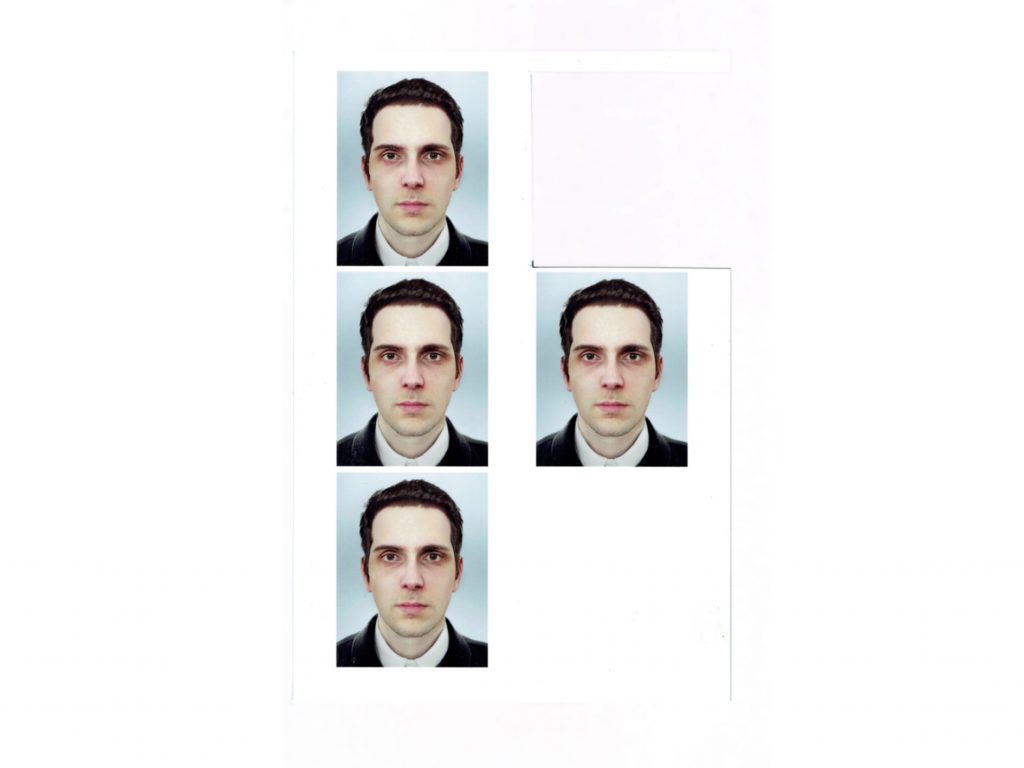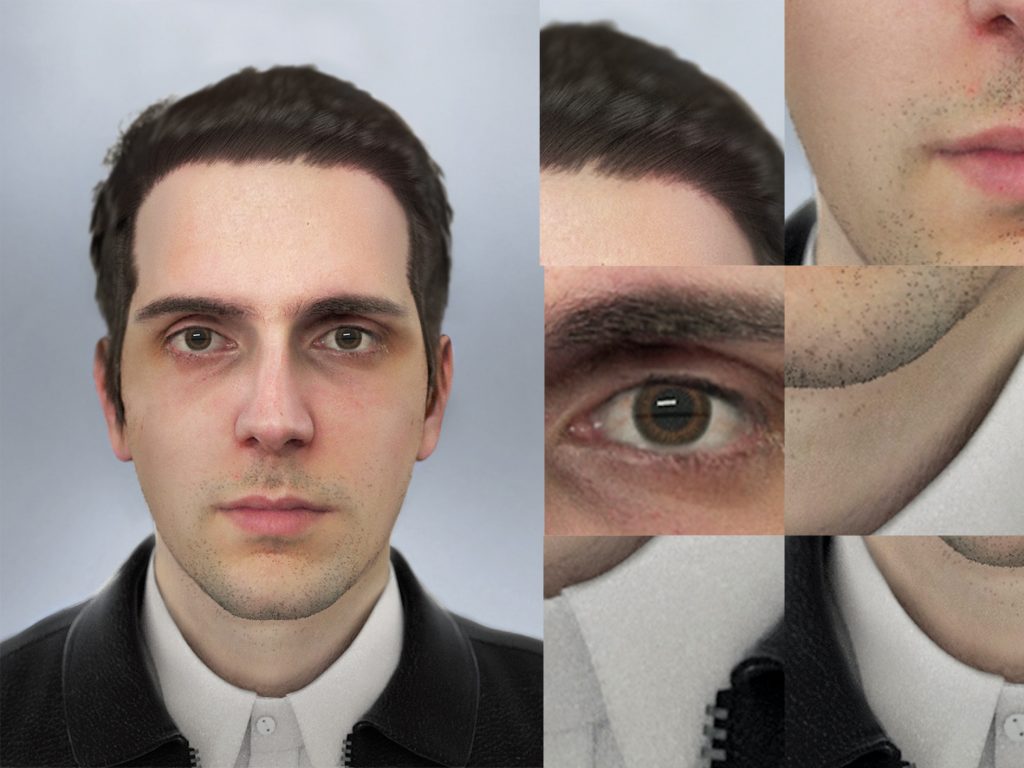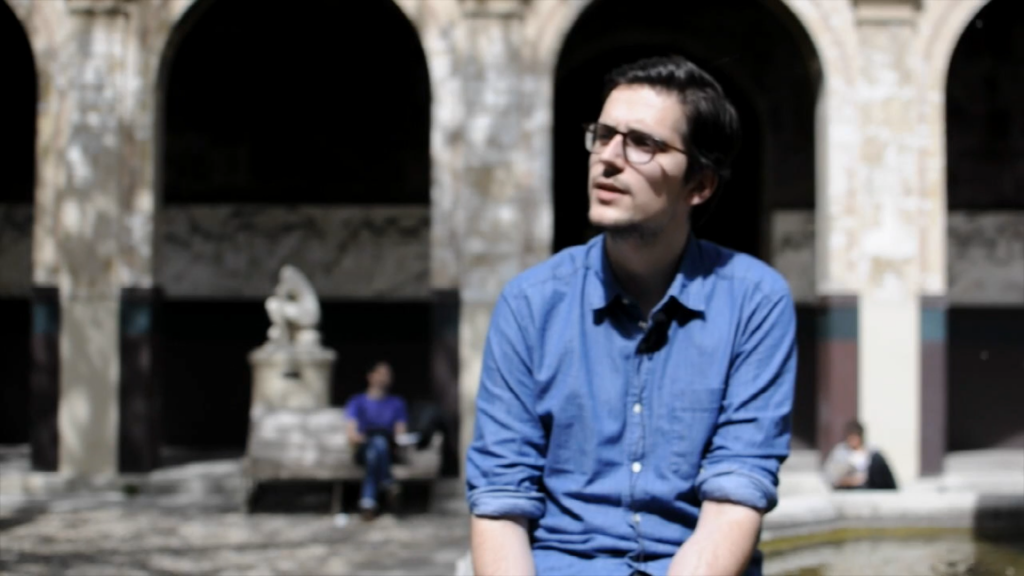3D modeling software has successfully been used to convince an issuer of national identity cards that the digital model is a photographic representation of a real person.
Raphaël Fabre is an artist and graduate of the École nationale supérieure des Beaux-Arts in Paris, France.
For his latest work, Fabre created a 3D model of his face, he then submitted the image in application for a national identity card (Carte nationale d’identité/CNI). As potential vision of the future of 3D technologies, the project poses questions about the narrowing differentiation between digital and reality.

Blurring the lines between digital and physical
In his artist’s manifesto, Fabre makes a statement about the goal of fiction, to lead the viewer “into a non-existent universe” that, for all intent and purpose, appears entirely real. Applied to digital technologies, this could easily be a description of the aims of 3D modeling, and scanning hardware.
Tools to improve the ability to capture, and then replicate, real, existing objects are continually in development by 3D software and scanning companies. Award winning 3D software developer Autodesk recently brought in such improvements in the spring update of its developmental roadmap, and Shining 3D has introduced a color capture module for its EinscanPro 3D hand scanners.
Making of the 3D model
The finished 3D model and subsequent “photographs” of Fabre were made using software and effects designed for use in video games and films.

In a general inspection of the photos, nothing seems out of place. But upon closer inspection some details, such as Fabre’s hairs and clothing, do appear more digital.

By capturing a realistic likeness of his face, then acquiring an identity card using the digital model, Fabre has effectively attained validation for 3D modeling’s capabilities. In a statement about the piece on his website he comments,
The document validating my French identity in the most official way thus presents today an image of me which is practically virtual, a version of video game, fiction.
A question of security
So, an identity card can be acquired using a 3D modeled human face. Until now photographs have always been assumed to be the most accurate depiction of a person, but they can be just as easily forged as a 3D model. Instead of stirring ideas about criminal activity using the technology though, Fabre’s method could point to a more accurate means of facial recognition, that could be used to benefit people.

Imperial College London and the Royal Free Hospital in the UK are building an archive of people’s faces using 3D scan data, processed through modeling software. The idea with the archive is to use the models for facial reconstruction surgery, or even apply the faces in airport security systems. The technology has also been used to recreate the face of Robert the Bruce and put researchers more in touch with the 14th century King of the Scots.
Any thoughts on the use of 3D technologies for identification, security and other applications? Please leave them in the comments below.
For the latest 3D printing news and research sign up to our free newsletter, like us on Facebook and follow us on Twitter.
Featured image: Raphaël Fabre’s national identity card issued by the French administration. Photo by Raphaël Fabre


